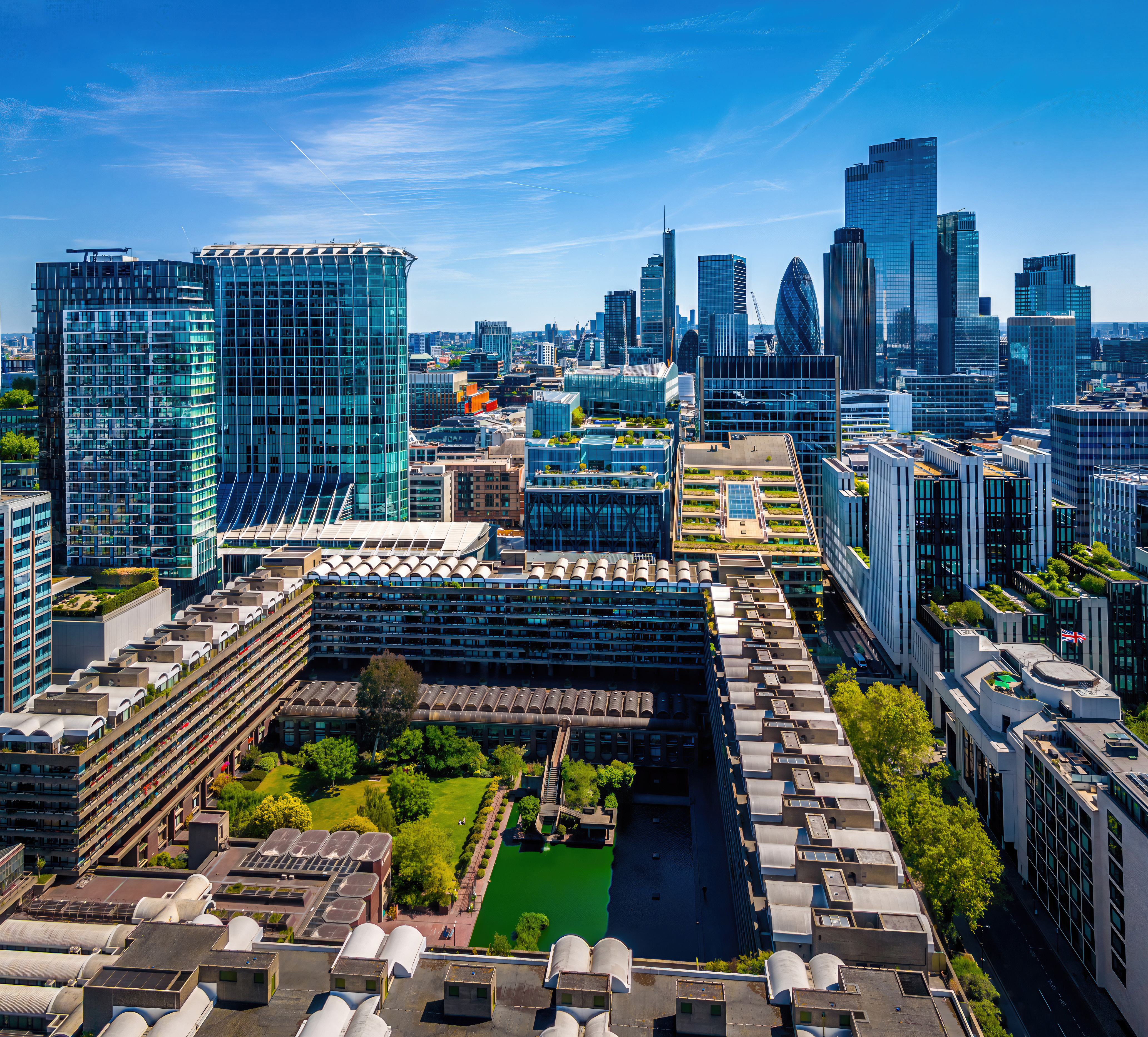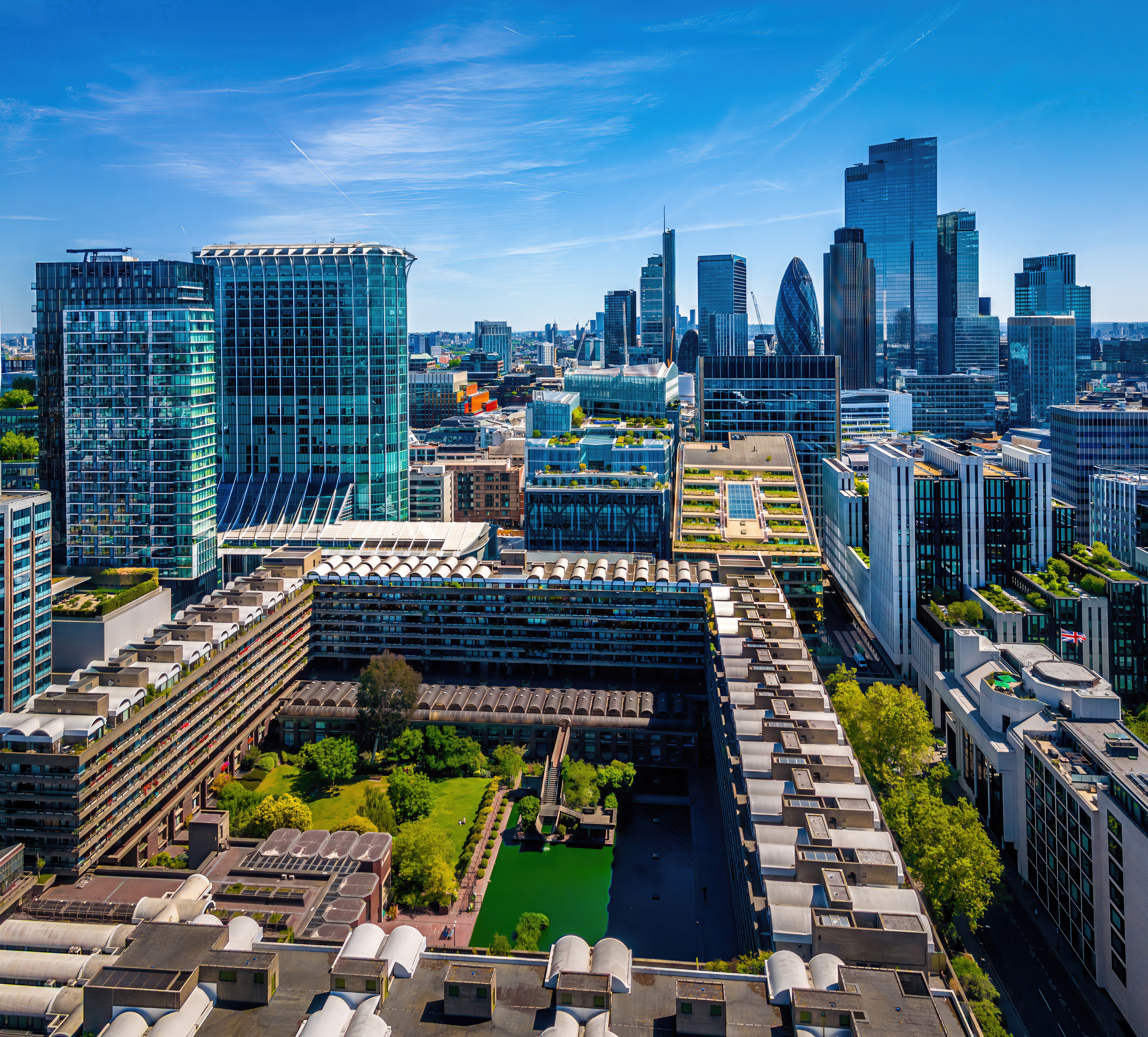As demand for prime homes in the capital continues to outstrip supply, airspace developments – also known as rooftop extensions – have become an increasingly attractive solution.
With space on the ground at a premium, building upwards offers a smart way for investors, developers, and freeholders to unlock value from underutilised rooftops. Planning regulations were relaxed in 2020 to encourage these innovative builds, and while airspace projects can offer significant returns, they also come with a complex set of legal, planning and practical considerations. Here’s a guide to some of the most important issues and best practices when it comes to developing above London’s rooftops.
Start with Practical & Planning Feasibility
Before anything else, you’ll need advice from experienced construction and design professionals to assess whether your building can physically support an additional storey (or more). Is the structure viable? How will new services be installed? What kind of design is permissible? You’ll also need to consult a planning consultant. Although permitted development rights now cover some airspace schemes, these apply only in specific situations – for example, the building must be at least three storeys tall, constructed between 1 July 1948 and 5 March 2018, and the completed height (with the new development) must not exceed 30 metres. And it must be for residential flats only.
Understand the Legal Landscape
Legal feasibility is entirely separate from technical or planning viability – and it’s often the trickiest piece of the puzzle. Title documents must be reviewed to check for restrictive covenants or other rights in favour of third parties, which could limit or prevent rooftop development. This is especially common in London, where plots of land and buildings have often changed hands multiple times over decades, leaving a complex legal legacy. If your building contains flats or commercial units, there may already be rights over the airspace or roof – such as access to a communal terrace – or questions over ownership of the roof itself. It’s also important to understand how any development would impact leaseholders' right to quiet enjoyment, their access rights, shared services, and service charge arrangements.
Early Engagement Is Crucial
Airspace development can trigger strong reactions from neighbouring properties and leaseholders, especially in prime areas. Nuisance claims, access disputes, and even injunctions can be launched to stop works if developers don’t tread carefully. Engaging stakeholders early – including leaseholders and adjoining owners – is key. Issues around right to light, noise, scaffolding, and access all need to be resolved in advance. Where there is a loss of light, legal teams may be able to offer compensatory damages instead of halting the development entirely. In many cases, developers will also need to consider party wall agreements and licences for scaffold or access. Don’t assume you have the right to build across neighbouring boundaries or install equipment without negotiation.
Be Aware of Statutory Risks
In some circumstances, leaseholders may have statutory rights to challenge or even block development. These include the right to collectively acquire the freehold (via enfranchisement) or to take over building management under the Commonhold and Leasehold Reform Act. Neither automatically prevents rooftop extensions – but they can significantly complicate or delay them. Seeking early legal advice gives freeholders and developers the opportunity to address these risks proactively and, in some cases, put protections in place before issues arise.
Structuring & Tax Considerations
Joint ventures are common in airspace schemes, but make sure the terms support rather than restrict your project. If airspace is being disposed of or leased to a development partner, leaseholders may have the right of first refusal under the Landlord and Tenant Act 1987. You’ll also need to consider the tax implications of your arrangement – including VAT, SDLT, and capital gains – to ensure the venture is structured as efficiently as possible.
In Summary
Airspace developments can offer excellent returns, particularly in high-demand areas of London. But success depends on navigating a tightly woven web of legal, planning and logistical challenges. For owners and investors, the key lies in early, thorough preparation: consulting the right specialists, engaging stakeholders, and ensuring every potential risk is addressed before construction begins. If done correctly, building upwards isn’t just a clever way to create more space – it’s a strategy that can significantly enhance the value of prime property assets.
Source: Prime Resi




